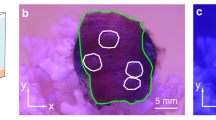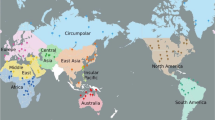Abstract
IN an interesting letter Mr. Carus-Wilson gives us the results (NATURE, July 15) of further observations made by him on a phenomenon on which he has written from time to time. I believe I have suggested to him in years gone by—if not, perhaps you will allow me to suggest now—the possibility of the musical ring of certain sands in motion being due to their consisting largely of grains of hyaline quartz. That fact, if ascertained, would account for the ring of the grains in motion, while the smoothness of their glassy surfaces would facilitate their motion, and so increase the force of their mutual impact, tending to raise the pitch of the note produced. I have never had an opportunity myself of making a microscopic examination of such sands, but I venture to commend such an examination to Mr. Carus-Wilson's consideration. The assortment of the sands by the wind into possibly more rounded and more angular grains may also throw some light upon the matter.
This is a preview of subscription content, access via your institution
Access options
Subscribe to this journal
Receive 51 print issues and online access
$199.00 per year
only $3.90 per issue
Buy this article
- Purchase on SpringerLink
- Instant access to full article PDF
Prices may be subject to local taxes which are calculated during checkout
Similar content being viewed by others
Author information
Authors and Affiliations
Rights and permissions
About this article
Cite this article
IRVING, A. Musical Sands. Nature 81, 99 (1909). https://doi.org/10.1038/081099a0
Issue Date:
DOI: https://doi.org/10.1038/081099a0



